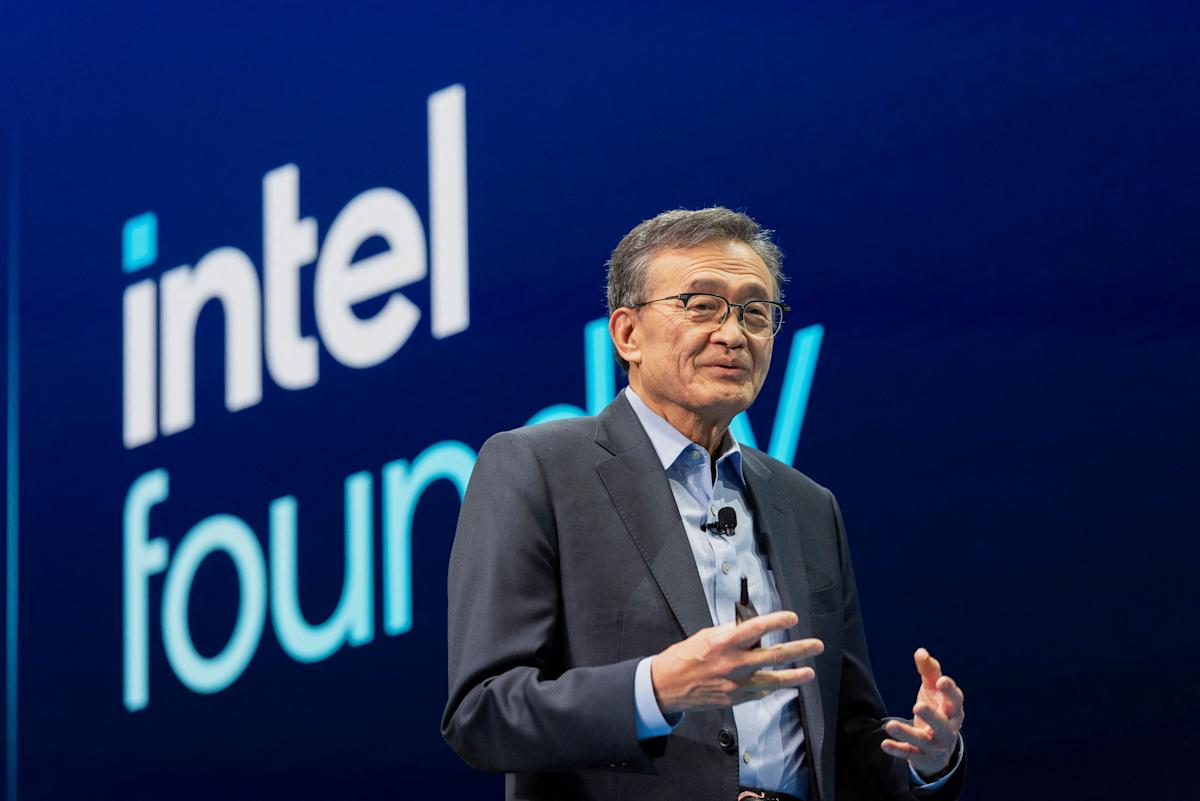Intel Confirms Major Workforce Cuts: What It Means for the Future of Tech
In a surprising announcement that has sent ripples through the technology sector, Intel Corporation, one of the largest manufacturers of semiconductor chips in the world, confirmed it will slash approximately a third of its workforce by the end of 2025. This bold move, aimed at streamlining operations and regaining competitive edge, raises significant questions about the company’s future and the broader implications for the tech industry. In this post, we’ll explore the reasons behind Intel’s decision, the potential impact on the workforce, and what this means for the future of technology.
Understanding the Context: A Shifting Tech Landscape
Intel, once the undisputed leader in semiconductor production, has faced fierce competition from companies like AMD and NVIDIA in recent years. Rapid advancements in technology, shifts in consumer demand, and the ongoing supply chain challenges exposed vulnerabilities in Intel’s operational strategies. As the industry transitioned towards faster, more efficient chips, Intel found itself lagging behind, prompting the need for drastic changes.
The semiconductor market is not just pivotal for personal computing; it undergirds a multitude of sectors from automotive to artificial intelligence. With the global demand for chips surging, Intel’s recognition of its operational inefficiencies has prompted the need for a strategic pivot. Cutting a significant portion of its workforce is a drastic, albeit necessary, measure to regain its footing in this rapidly evolving industry.
The Numbers Behind the Decision
Intel’s announcement to cut roughly 10,000 jobs by the end of 2025 comes at a time when the company employs about 110,600 people globally. This reduction signals a historic shift for one of America’s most iconic tech firms. The job cuts will primarily affect positions across various sectors, including manufacturing, research and development, and administrative roles.
While Intel has not publicly detailed which specific segments will experience the greatest reductions, the emphasis is on creating a leaner organization that can respond more agilely to market demands. Industry experts argue that these cuts may also reflect a broader trend towards automation and the use of artificial intelligence in operations, possibly changing the skill sets that will be necessary for future employees.
The Ripple Effects: Impacts on Employees and Communities
The decision to cut jobs raises inevitable concerns about its implications for individuals and communities. For the thousands of employees potentially affected, job loss brings a wave of uncertainty. Intel’s workforce reductions could lead to a significant decline in local economies, particularly in areas with a high concentration of tech jobs.
Intel has historically been a significant employer in many regions, contributing to local economies through job creation and spending. As positions evaporate, these communities may struggle to absorb displaced workers, raising questions about retraining, job transition programs, and support systems for those affected by these layoffs.
Moreover, the psychological impact on remaining employees can also be profound. Job cuts often breed job insecurity, lowered morale, and diminished productivity. Companies need to navigate this transition carefully, as the morale of the remaining workforce can significantly impact ongoing operations.
Navigating a Competitive Landscape
Amidst the tumult of layoffs, Intel is positioning itself for a comeback against the backdrop of an increasingly competitive tech landscape. The company has outlined a strategic vision focusing on innovation, efficiency, and investment in cutting-edge technology. By reducing its workforce, Intel aims to free up resources that can be reinvested back into research and development.
Recent investments in manufacturing facilities and advanced semiconductor fabrication indicate that Intel intends to fortify its production capabilities and expand into emerging markets like artificial intelligence, 5G, and the Internet of Things (IoT). The focus is on building products that meet modern demands, such as low-power chips that can drive performance without consuming excessive energy—a key consideration as sustainability becomes a priority for consumers and businesses alike.
The Broader Implications for the Tech Industry
Intel’s decision to cut its workforce reflects ongoing changes across the broader technology ecosystem. The semiconductor industry is marked by significant fluctuations influenced by geopolitical dynamics, global supply chain issues, and rapid technological advancements. Competitors who have previously managed to build agility and speed into their operations could see an advantage as Intel undergoes this transformation.
Moreover, as companies face pressures to increase profitability while responding to market demands, workforce reductions may become a more common theme. This shift raises ethical considerations on how companies navigate these decisions and their responsibility to affected employees and communities.
Conclusion: A Pivotal Moment for Intel and the Tech Sector
Intel’s announcement to reduce its workforce significantly marks a pivotal moment for the company and the broader tech sector. While the layoffs are a drastic measure, they reflect the realities of a fast-evolving industry that requires constant adaptation and innovation.
For Intel, the focus pivots toward future growth and competitiveness, emphasizing the importance of streamlined operational efficiency. As the tech landscape continues to shift, stakeholders—including employees, communities, and investors—will closely monitor Intel’s journey as it navigates both the challenges and opportunities that lie ahead.
Ultimately, while the news of job cuts can be unsettling, it may also serve as a catalyst for transformation within Intel, encouraging the company to innovate boldly and reclaim its position as a leader in the semiconductor industry. How it manages this transition, both for its workforce and its strategic direction, will shape not only Intel’s future but potentially the future of technology itself.





